Top 10 JavaScript Frameworks You Should Know
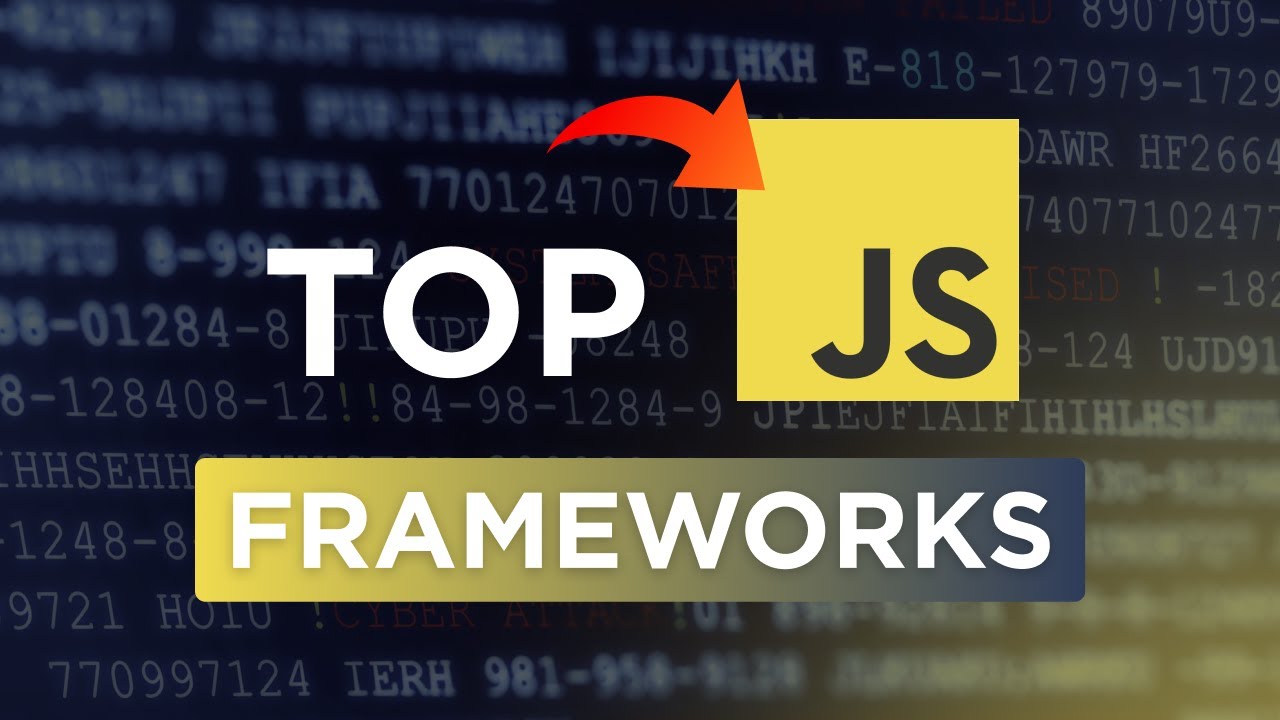
In the rapidly evolving landscape of web development, mastering JavaScript is essential for any aspiring developer. With its versatility and the growing demand for interactive web applications, knowing how to leverage JavaScript frameworks is more important than ever. Frameworks not only streamline the development process but also facilitate the creation of dynamic, scalable applications. Whether you are a beginner or looking to enhance your skills, this guide explores the top 10 JavaScript frameworks you should know to supercharge your web development projects.
Read Also: The Ultimate Guide to Frontend Development for Beginners
Why Use JavaScript Frameworks?
Before diving into the specific frameworks, it’s worth understanding the advantages they bring to the table:
- Faster Development: Frameworks offer pre-written code that simplifies routine development tasks, enabling developers to build applications more quickly.
- Community Support: Popular frameworks often come with strong community support, offering extensive documentation, tutorials, and plugins.
- Scalability: Many frameworks are designed to support large-scale projects, ensuring your application can grow as user demand increases.
- Best Practices: They promote organizational best practices, making code easier to maintain and update.
1. React.js
Overview
React.js is one of the most popular JavaScript libraries for building user interfaces, particularly for single-page applications. Developed and maintained by Facebook, React allows developers to create large web applications that can change data without reloading the page.
Key Features
- Component-Based Architecture: Encourages reusability of code, making it easier to manage and maintain applications.
- Virtual DOM: Improves performance by minimizing direct manipulation of the HTML DOM.
- Rich Ecosystem: Numerous tools and libraries, such as React Router for navigation and Redux for state management.
Learning Resources
To get started with React, visit the official React documentation or check courses on platforms like Codecademy.
2. Angular
Overview
Angular, maintained by Google, is a powerful framework for building robust web applications. It employs TypeScript, a superset of JavaScript, enhancing code quality and maintainability.
Key Features
- Two-Way Data Binding: Automatically synchronizes data between the model and the view, reducing the amount of boilerplate code.
- Dependency Injection: Makes it easier to manage dependencies within your application, leading to cleaner code.
- Comprehensive Tooling: Comes with tools for routing, forms management, HTTP client, and more.
Learning Resources
Start your Angular journey with the official Angular documentation. Resources like Pluralsight also offer valuable courses.
3. Vue.js
Overview
Vue.js has rapidly gained popularity for its simplicity and flexibility. It is designed to be incrementally adoptable, meaning you can integrate it into existing projects with ease.
Key Features
- Reactive Data Binding: Automatically updates the view when the model changes, similar to Angular.
- Component System: Enables the creation of reusable components, similar to React.
- Ecosystem: Includes tools like Vue Router for routing and Vuex for state management.
Learning Resources
To delve into Vue.js, visit the official Vue documentation or explore interactive courses on Udemy.
4. Node.js
Overview
Node.js is a runtime environment that allows developers to execute JavaScript on the server side. This framework has transformed backend development by enabling JavaScript to be used throughout the full stack.
Key Features
- Non-Blocking I/O: Allows multiple connections simultaneously, making it ideal for scalable network applications.
- NPM (Node Package Manager): A vast ecosystem of libraries and tools, facilitating easy project setup and dependency management.
- Single Programming Language: Use JavaScript for both client-side and server-side, leading to streamlined development processes.
Learning Resources
Get started with Node.js by visiting the official Node.js documentation or check out NodeSchool for interactive workshops.
5. Express.js
Overview
Express.js is a minimal and flexible Node.js web application framework that provides a robust set of features for web and mobile applications. It simplifies the creation of server-side applications.
Key Features
- Middleware Support: Allows for a series of functions to process requests, enhancing the flexibility and functionality of applications.
- Routing: Simplifies the process of defining routes and handling incoming requests.
- Integration: Easily integrates with various templating engines like Pug and EJS.
Learning Resources
Learn more about Express.js through the official documentation or follow detailed tutorials on freeCodeCamp.
6. Svelte
Overview
Svelte is an innovative framework that shifts much of the work to compile time, producing highly optimized JavaScript at build time. Unlike traditional frameworks, it does not rely on a virtual DOM.
Key Features
- Compile-Time Magic: Transforms components into highly efficient JavaScript code, resulting in faster runtime performance.
- No Boilerplate: Offers a clean syntax without the overhead of additional libraries or frameworks.
- Reactive Programming: Automatically updates the UI when the state changes without requiring explicit routines.
Learning Resources
To get started with Svelte, visit the official Svelte tutorial and explore the Svelte documentation.
7. Ember.js
Overview
Ember.js is an opinionated framework designed for building ambitious web applications. It provides a comprehensive solution with built-in features to minimize setup time.
Key Features
- Convention Over Configuration: Offers sensible defaults and conventions, reducing the need for boilerplate configuration.
- Strong CLI: The Ember Command Line Interface (CLI) helps manage the project structure, build pipelines, and testing.
- Router: Advanced routing capabilities for managing application states seamlessly.
Learning Resources
Learn more about Ember.js by visiting the official Ember.js website and accessing their guides.
8. Backbone.js
Overview
Backbone.js offers a minimalistic approach to building client-side applications. It provides the structure needed for JavaScript code while remaining flexible in implementation.
Key Features
- Models, Views, and Collections: Offers a clear structure with a focus on MVC principles, making it easier to organize code.
- RESTful API: Simplifies communication with server-side applications through its integration with RESTful APIs.
- Lightweight: The minimal design allows developers to use only the features they need.
Learning Resources
Explore Backbone.js through the official Backbone.js documentation or check out YouTube tutorials for visual guides.
9. Next.js
Overview
Next.js is a React-based framework that enables server-side rendering and static site generation. It is ideal for building applications with high performance and SEO in mind.
Key Features
- Server-Side Rendering: Improves performance and SEO by rendering pages on the server.
- Static Site Generation: Allows pre-rendering of pages, enhancing load times for users.
- API Routes: Provides a simple way to build backend APIs as part of the same application.
Learning Resources
To learn Next.js, check out the official documentation and explore online courses at Udemy.
10. Meteor
Overview
Meteor is a full-stack JavaScript platform that simplifies the development of real-time web and mobile applications. It combines various technologies into a cohesive development environment.
Key Features
- Real-Time Data: Enables synchronized data updates across the client and server seamlessly.
- Integrated Packages: Features a rich set of built-in functionalities and packages for rapid development.
- Easy Deployment: Simplifies deployment with easy integrations and cloud services.
Learning Resources
Get started with Meteor by visiting the official Meteor documentation and check out Meteor’s official tutorials for hands-on learning.
Conclusion
Knowing the top JavaScript frameworks can significantly enhance your web development skill set and career opportunities. As you embark on mastering these frameworks, consider the projects you want to build and the specific needs they address.
Whether you choose React for frontend development, Node.js for server-side programming, or Svelte for optimal performance, the right framework can streamline your workflow and help you create powerful web applications.
Stay updated on the latest trends and community resources to continually improve your skills and keep your knowledge fresh. The web development landscape is always changing; being adaptable and willing to learn is key to long-term success.
If you found this content useful, please do well to share:
Blog Search
Latest Posts

Unlocking Your Migration Dreams: From Osun Tech Space to Global Spaces
October 13, 2025Gain visa insights, tech skills, & funding for global success. Join Our Webinar with VESTI on October 18th and unlock your migration dreams for a global fut
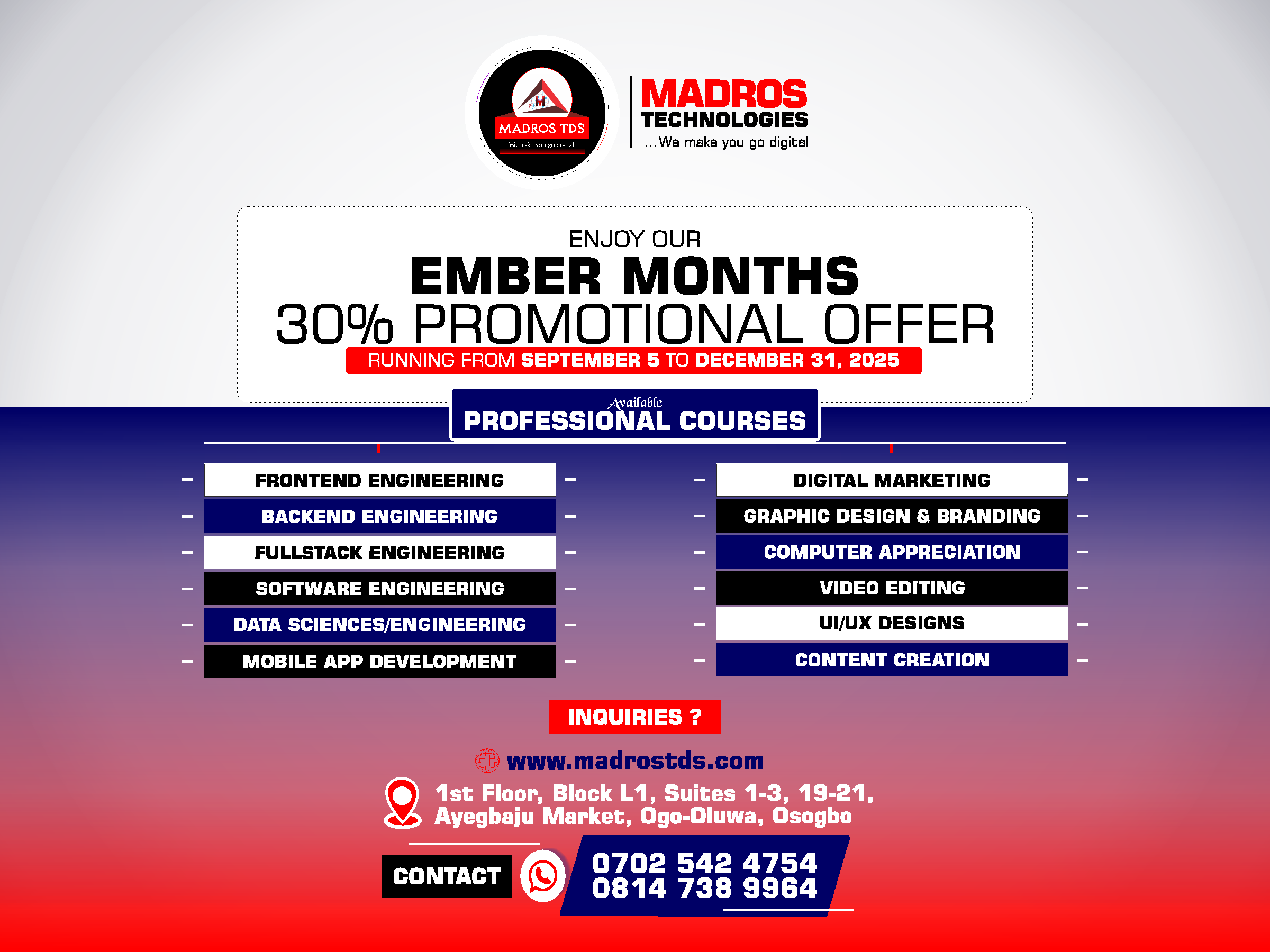
Unlock Your Tech Future: Seize a 30% Discount on Professional Tech Courses at Madros Technologies!
September 6, 2025Ready for a career change? Madros Technologies offers 30% OFF expert-led tech training. Master in-demand skills like Software Engineering, Digital Marketing, Da
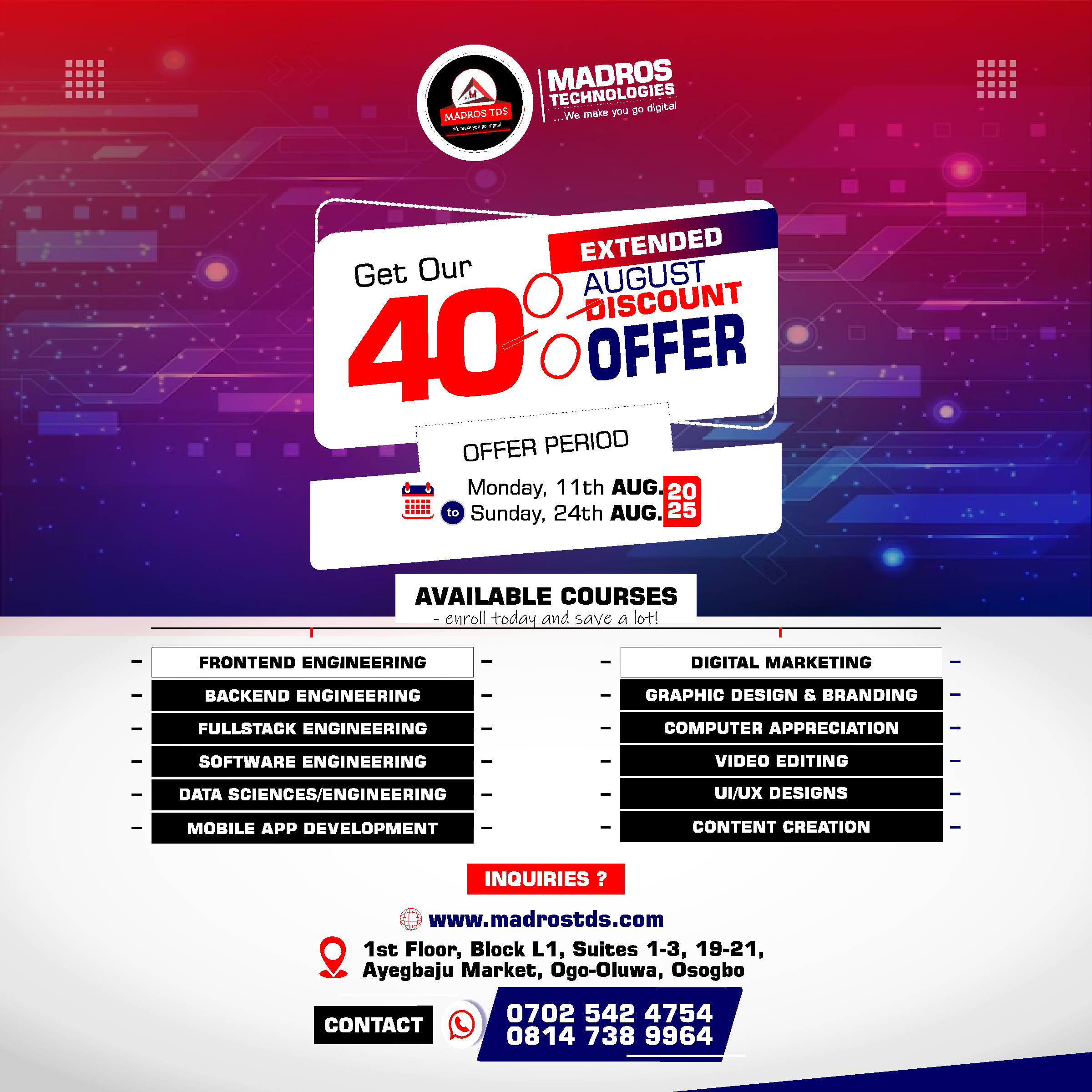
Quick Window Offer: Extended August Discount Offer – Your Tech Dreams, 40% Off!
August 12, 2025Transform your future with 40% off Madros Technologies courses! Gain job-ready skills in coding, design, and digital marketing fields. This is an extended disco
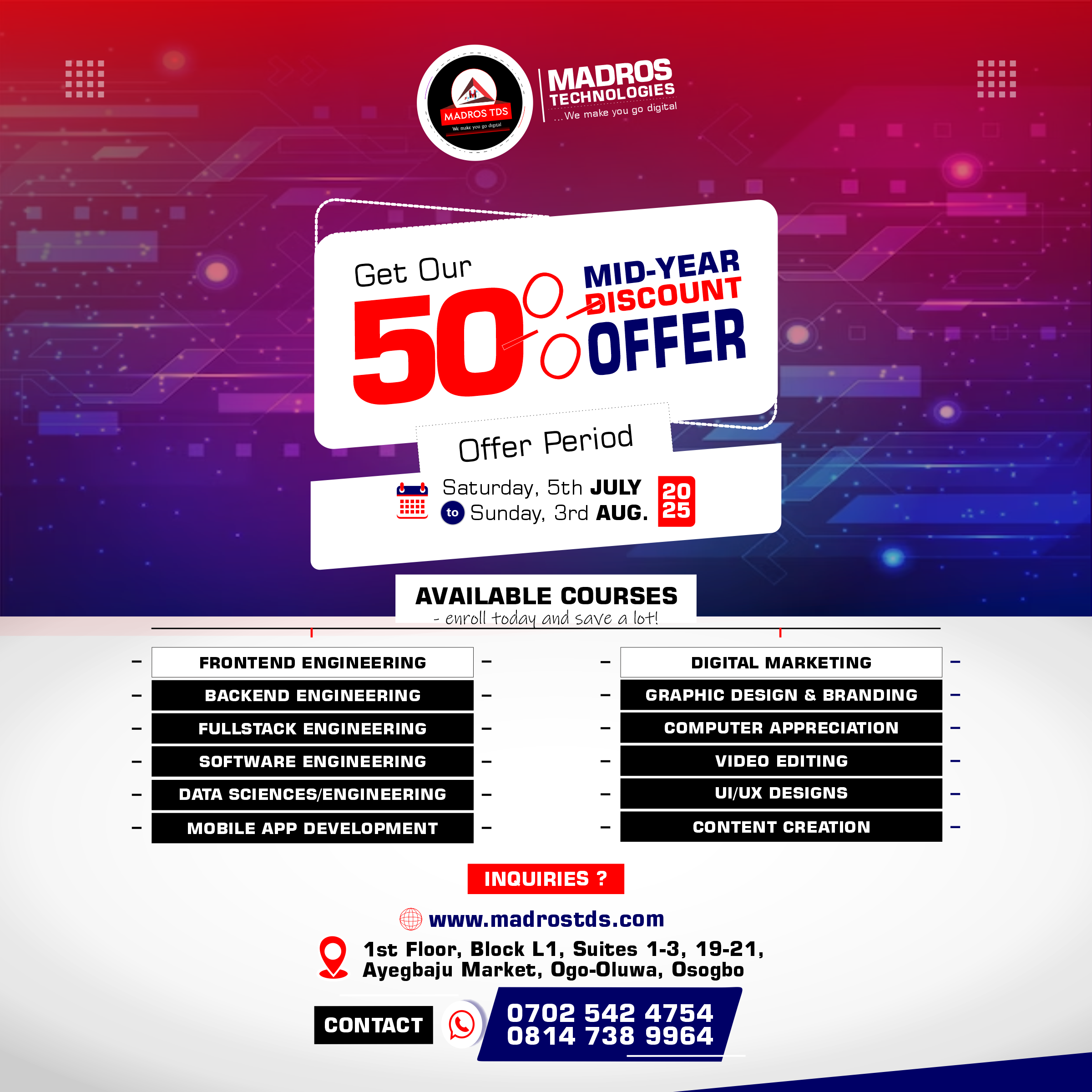
Your Tech Dream: Closer Than You Think (And Half Off!)
July 5, 2025Unlock your tech potential with Madros Technologies! Get 50% off cutting-edge courses & transform your future. Your dream career starts here.
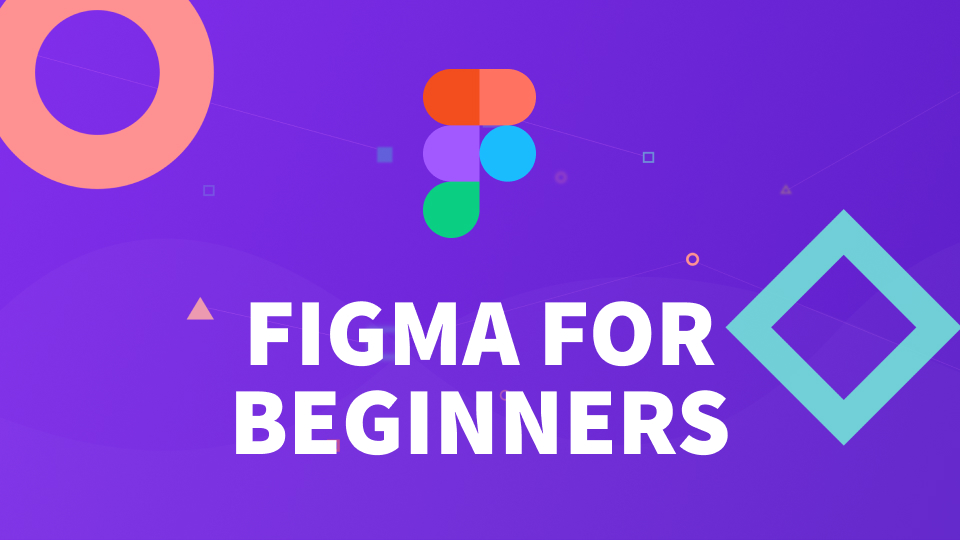
Using Figma: Tutorial for Beginner Product Designers
June 7, 2025A beginner’s walkthrough of Figma for prototyping and design collaboration
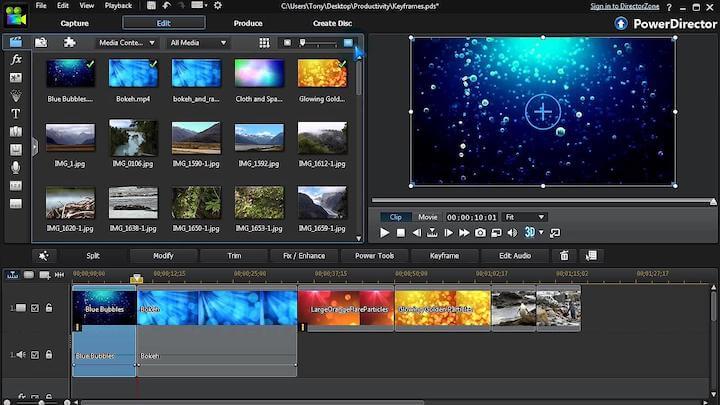
Top 5 Video Editing Software for Beginners
June 7, 2025Discover the best tools for newbie editors to create stunning videos easily
